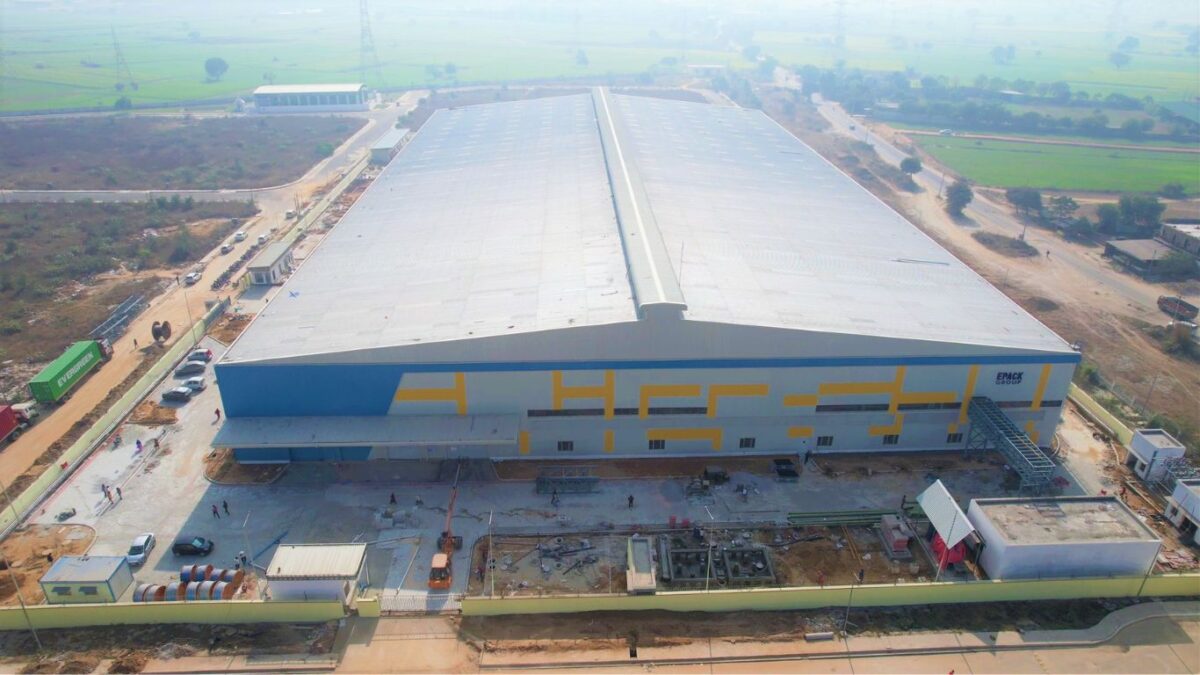Pre-engineered buildings have become increasingly popular in industrial applications. They offer a wide range of advantages that traditional building methods cannot match. In this blog post, we will explore some of the main benefits of pre-engineered buildings for industrial applications.

1. Reduced Construction Time
One of the biggest advantages of pre-engineered buildings is that they can be constructed much faster than traditional buildings. The prefabricated components are designed and fabricated off-site, and then assembled at the construction site. This means that there is no need for extensive on-site fabrication, cutting, or welding, which can significantly reduce construction time.
2. Cost-Effective
Pre-engineered buildings are also cost-effective. The manufacturing process is highly efficient, which means that the cost of production is lower than that of traditional buildings. Additionally, pre-engineered buildings require less maintenance than traditional buildings, which can save money over time.
3. Versatility
Pre-engineered buildings are highly versatile and can be customized to meet the specific needs of industrial applications. They can be designed to accommodate a wide range of equipment, including cranes, conveyor systems, and mezzanine levels. Additionally, pre-engineered buildings can be designed to accommodate different types of roof and wall systems, allowing for flexibility in terms of design.
4. Energy-Efficient
Pre-engineered buildings are also energy-efficient. They are designed to minimize heat loss in the winter and heat gain in the summer, which can significantly reduce energy costs. Additionally, pre-engineered buildings can be designed to incorporate energy-efficient features such as solar panels, which can further reduce energy costs.
5. Durability
Pre-engineered buildings are extremely durable and can withstand harsh weather conditions, including high winds and heavy snow loads. They are also fire-resistant, which can be particularly important in industrial applications where hazardous materials may be present.
6. Environmental Benefits
Pre-engineered buildings are also environmentally friendly. They can be designed to incorporate sustainable features such as green roofs and rainwater harvesting systems, which can reduce the building’s impact on the environment. Additionally, pre-engineered buildings are made from recyclable materials, which can be reused or repurposed at the end of their useful life.
7. Consistency and Quality
Pre-engineered buildings are manufactured to exacting standards, which ensures consistency and quality. The components are fabricated in a controlled environment, which means that there is less variation in terms of quality and dimensional accuracy. Additionally, pre-engineered buildings are subject to rigorous quality control checks, which ensure that they meet the highest standards of safety and performance.
8. Easy Maintenance
Pre-engineered buildings are designed to be low maintenance. The materials used in pre-engineered buildings are durable and require minimal maintenance, which can save time and money over the life of the building. Additionally, pre-engineered buildings can be designed to incorporate features such as pre-finished wall and roof panels, which require no painting or finishing.
9. Faster Occupancy
Because pre-engineered buildings can be constructed much faster than traditional buildings, they can be occupied sooner. This can be particularly important in industrial applications where time is of the essence. Additionally, pre-engineered buildings can be designed to accommodate future expansion, which can allow for increased production capacity as the business grows.
In conclusion, pre-engineered buildings offer a wide range of advantages for industrial applications. They are cost-effective, versatile, energy-efficient, durable, environmentally friendly, and easy to maintain. Additionally, pre-engineered buildings can be constructed much faster than traditional buildings, which can allow businesses to occupy the building sooner and start generating revenue faster. If you’re in the market for an industrial building, consider pre-engineered buildings as a cost-effective and versatile alternative to traditional construction methods.











